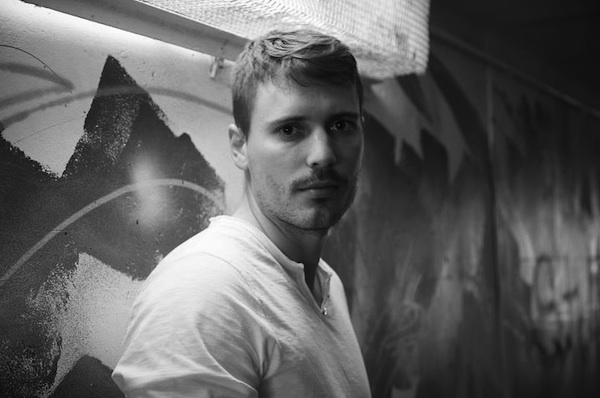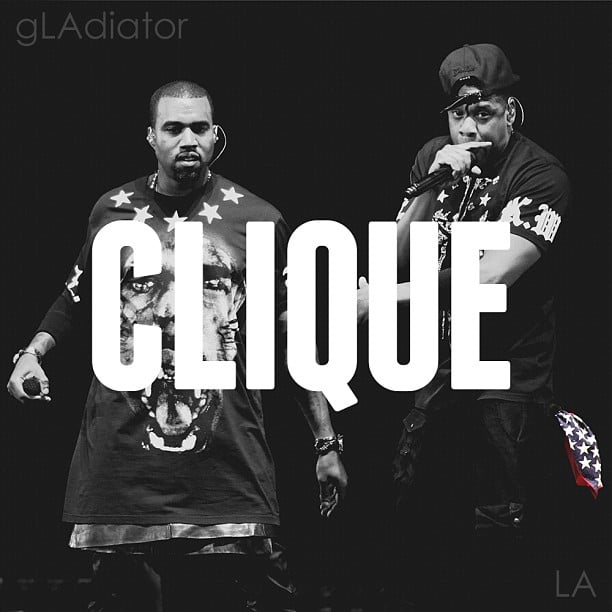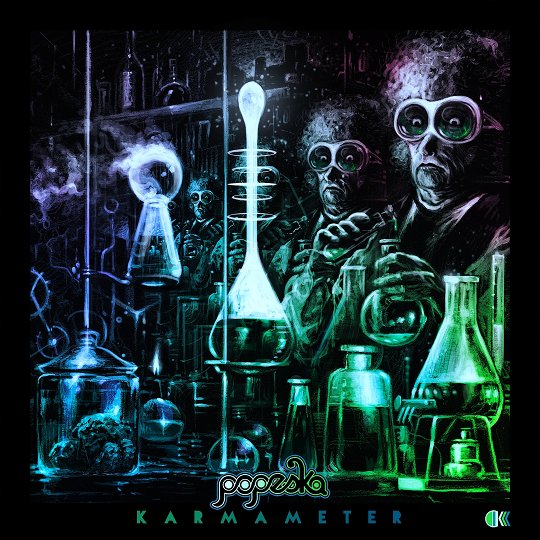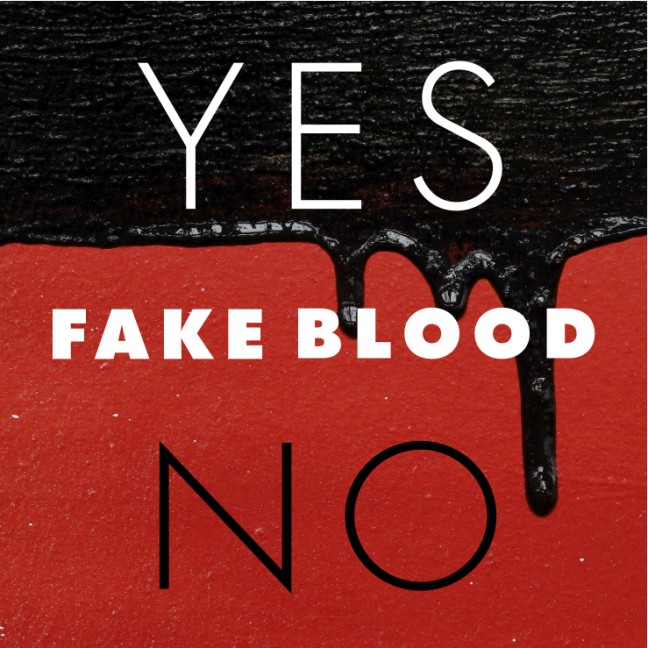The world of progressive house is one of intricate chord patterns, infectious melodies, and never-ending harmony. Progressive house greats like Eric Prydz, John Dahlback, EDX, and Sander Van Doorn all know the importance of featuring melodic arrangements in one’s work. Such compositions give tracks musicality and help ensure a favorable reception from listeners. Humans are, after all, creatures of habit—and generations of our species have been entertained by the likes of classical symphonies, folk guitarists, and jazz musicians. It is only natural that progressive house serve as an extension of our humanistic love for melody and harmony. Yet, in modern progressive house, ornate chord progressions and harmonious leads are only one part of the equation. Progressive house is, after all, a sub-genre of house. In addition to musicality, a house track by nature must have a framework in place with specific elements (like four-to-the-floor kick drums, build-ups, and drops) that give it forcefulness and movement. This resultant energy moves the floor and elicits a physical response from club-goers and listeners alike. This combination of melody and might has paved the way to a highly accessible form of EDM. It is through this synthesis that big-room progressive house has come into the fold, and over the past few years this particular sound has reached the forefront of the global house arena.
While deeper, more soft-edged progressive house certainly exists, it is the big-room progressive sound of acts such as Hardwell, Arty, and the members of Swedish House Mafia that have taken the worldwide EDM scene by storm. Joining the authentic musicianship of progressive to the maximal frenzy of big-room house takes real skill as an artist, as one must combine aspects of music theory with the careful engineering of house production. While he is not yet in the same discussion as the aforementioned progressive icons, Damian William is well on his way to being one of the most recognized progressive house acts in the world. Spinning records since age 16, and producing his first track in 2004, the French DJ/producer has had quite a career already, receiving support from the likes of Tiesto, Gareth Emery, Hardwell, and Marco V. Damian William is also the owner of his own label, Lychee Records, and has had multiple releases over the years. During this time, Mr. William has honed his sound to a fine point, and his productions are some of the most melodic and compelling works in the progressive house genre. Come along as we take a journey through some of Damian William’s productions.
_____
We will begin with one of Damian’s earliest widely-released tracks: “Turn On,” released off of Volt9 Records back in 2009. “Turn On” actually begins with a very electro-sounding feel, with a deep bass and pitch-bended synths at the forefront of the track. Damian William slowly builds on this groove with additive leads and a sweeping build-up. However, at the bridge the track completely changes gears. Here, an elaborate piano arrangement lends the track a more melodic edge, before seamlessly leading back into the track’s original feel. One early trait we can notice about Damian William’s works are his usage of percussion to add flavor to his tracks. Here, Damian mostly uses light examples like shakers and open hi-hats, yet they assuredly add to the groove and, as we will see, become a trademark of his style much later. “Turn On” is not a strictly progressive work, but it is here that we begin to see Mr. William’s technique of utilizing melodic progressions within the framework of a house track.
Damian William – Turn On (Original Edit)
_____
The next track, “Zephyr,” released on Lychee Records in 2010, is a much more contemporary example of Damian William’s sound. This is a massive track stuffed to the brim with chord progressions and melodic arrangements. The track begins with a sequence of spacious synth chords that are slowly filtered in. This sequence drives the main feel of the track before quickly being supplemented by a rhythmic addition of a high-end lead, playing syncopated notes over top of the chord arrangement. The lead notes perfectly complement the backing chord progression—a production technique we will see in Damian’s later tracks. The bridge of the track is a furious culmination of the track’s overall feel, with slightly-distorted trance leads being added into the fold and giving the track added might. “Zephyr” is one of the earliest examples of Damian William’s balance between progressive melody and big-room production technique, but it certainly won’t be the last.
Damian William – Zephyr (Original Mix)
_____
Here we reach a climactic stage in Damian William’s sound. Damian put out a dual-sided release, the “Tutti Frutti/Maniana EP,” back in 2011. Released off of Hardwell’s label, Revealed Recordings, this EP took the progressive house realm by storm back in February of 2011. The A-side of the EP, “Tutti Frutti,” is perhaps the truest example of Damian William’s big-room progressive sound. Beginning with a distinct tropical feel, “Tutti Frutti” starts off with an arrangement of piano keys slowly being filtered in. This piano sequence will be the backbone of the track, as Damian continues to add to the feel until it reaches prodigious levels of energy. This is evident leading into the first part of the first verse, as a furious lead temporarily takes the place of the piano keys and fills the soundscape, while bass hits and auxiliary percussion accentuate the rhythm. This first segment of the verse is all “drop,” as the power of the bass and rhythmic lead hits set a very energetic, yet basic, feel for the song. This all changes in the second part of the first verse, which sees Damian reintroduce the keys, while also adding in a harmonic lead to compound the melodic weight of the piano. The progression of the track reaches a climax in the bridge, as tropical marimba hits supplement the groove of the piano keys and leads. Also, additional percussive elements like toms and even a cow bell are added in to accentuate the groove of this final push. The last breakdown is pure punch, as all the production elements come together in one fell swoop leading into the last verse–one final testament to the pure emotion and frenzy that this song has created. “Tutti Frutti” is a powerful and endearing track, and undeniably one of Damian William’s best.
Damian William – Tutti Frutti (Original Mix)
While “Tutti Frutti” is plenty energetic, “Maniana” is a complete tour-de-force that sees Damian add a bit of electro influence into his work. The track begins with a booming sub bass, a fierce high-end lead, and percussive hits driving the initial feel. These syncopated percussive hits are one of Damian William’s trademarks: a sequence of auxiliary percussion hits that continues throughout the measure, whose rhythmic edge gives an added groove to Damian’s works. Leading into the first breakdown, Damian introduces the main progression of the track. A filtered, low-end lead takes up some of the burden of the groove briefly, before Damian introduces bass hits and a high-end trance lead that brings the energy level up to an extreme high. The lead-up to the first drop is monumental, and the first verse is all forcefulness, as the bass and high-end lead alternate their rhythms and give the groove a much fuller dimension. This groove gives the verse a slightly electro vibe, as the feel is being driven by the power of the bass and lead hits rather than a distinct “chord progression.” Soon, the bridge sees a return to the melodic arrangement of the first breakdown–only this time Damian has added in chime hits along with a rising, additive lead that punctuates the groove and gives the track a full head of steam leading into the final drop. This track is a definitive example of Damian William’s big-room prowess. Not only is there melodic weight to the track in the build-ups and bridge, but the verses and breakdowns exhibit an undeniable energy with deep basslines, forceful lead hits, and the ever-present rhythmic percussion. This is certainly one of Damian William’s most floor-friendly productions.
Damian William – Maniana (Original Mix)
_____
“Le Sixieme Sens,” released on Maquina Music back in December 2011 (and also seeing a re-release on the same label earlier this September), begins with a signature Damian William groove: spacious leads backed by rhythmic percussion. Going into the first breakdown, low-end marimba hits join the fray and add their voice to the discussion. The relative quiet is only a brief calm before the storm though, as a rumbling bass and high-end trance leads quickly enter the fold and, along with the still-present low-end hits, rocket the track into the stratosphere. After the first drop (another furiously-powerful descent), the full elements of the track come into focus. The high-end trance leads hit in identical rhythm with the deep sub bass, while the marimba hits back the entire experience. Damian William also adds clap hits in to give the groove a more uniform feel. Near the end of the verse, the chimes, lead, and bass slowly get filtered out, which leads us to the bridge of the track. Here, Damian introduces a sequence of piano keys that sustains the groove for a while. Soon, though, Damian reintroduces the bass hits and the high-end trance leads, and this fervent energy leads us into the final breakdown. The remainder plays out with the production elements functioning in their entirety. The trance lead and backing synths are slowly filtered out, while the piano sequence remains just briefly enough before it is whisked away, leaving the kick, claps, and simple lead hits to play us out.
Damian William – Le Sixieme Sens (Original Mix)
_____
The final track that will be examined in this Artist Spotlight is “Fractal,” one of Damian William’s most massive tracks yet. “Fractal,” released off of Musical Madness back in February 2012, is a dynamic display of Damian William’s full talents. Beginning with a simple sequence of kicks, claps, toms, and the ever-present syncopated percussion, “Fractal” gradually ascends into a rather spacious breakdown. Here, light piano keys ring out their melody, and for a while things seem seem rather mellow. This all changes when Damian introduces a gargantuan trance lead on top of the piano keys, and later a monumental build-up with pitched-up leads (and punctuated by the emphatic “Come on!” vocal sample) leads us into the first big drop of the track. Here in the first verse, Damian lets the bass and the synth lead behind it drive most of the groove, while a more high-end lead is continuously pitched up within the sequence to give the track some movement. The bridge is similar to the first breakdown, with the piano keys handling the main progression of the song. However, bass hits, the trance lead, and an additional set of piano keys (running counterpoint to the first set) are all brought in, leading to the final drop. This last drop is a full display of Damian William’s truly massive production technique, as he ties all the elements of the track together with an incredible ending. The bass and lead hits keep driving the groove, while the pitched-up leads drive the energy up until the very last measure of the final verse. Damian’s kicks, claps, toms, and percussion take us out just how they took us in–with rhythm, force, and feeling.
Damian William – Fractal (Original Mix)
_____
Damian William has been producing tracks for close to a decade now, and his dedication to his production technique shows. A master of meshing progressive melodies with big-room magnitude, the French producer has a signature sound that is equal parts massive and musical. In a global music scene hungry for the most anthemic and gigantic tunes, Damian William has fed those appetites and made a pretty large mark on the community already. However, one hopes that this is just the beginning for the talented musician. Damian’s production style has shown a remarkable evolution, and as the years have gone by, his tracks have only become more refined and more potent. 2012 has already been a banner year for progressive house artists, and if current trends continue, the sub-genre’s importance within the popular landscape of EDM will only increase. If the sound of the future is big-room progressive house, then let’s hope that fate has plenty more of Damian William in store for us.
_____
Purchase Damian William‘s tracks on Beatport
Hear and download Damian William’s newest bootleg “Family Portrait” here
Listen to Damian William’s remix of “Skrillex & Damian Marley – (Make It Bun Dem)” here
Follow Damian William through his Facebook and Twitter





![Burns - Lies (Otto Knows Remix) [Deconstruction]](https://newstaging.youredm.com/wp-content/uploads/2012/09/Burns-lies-remix-otto-knows-youredm.jpg)





